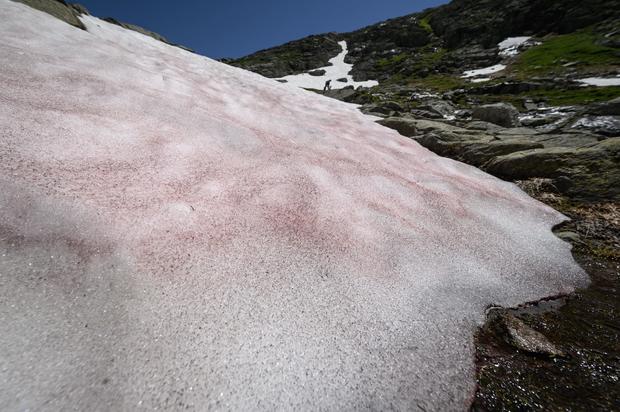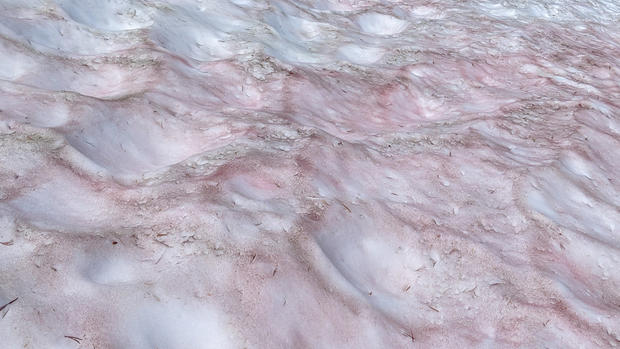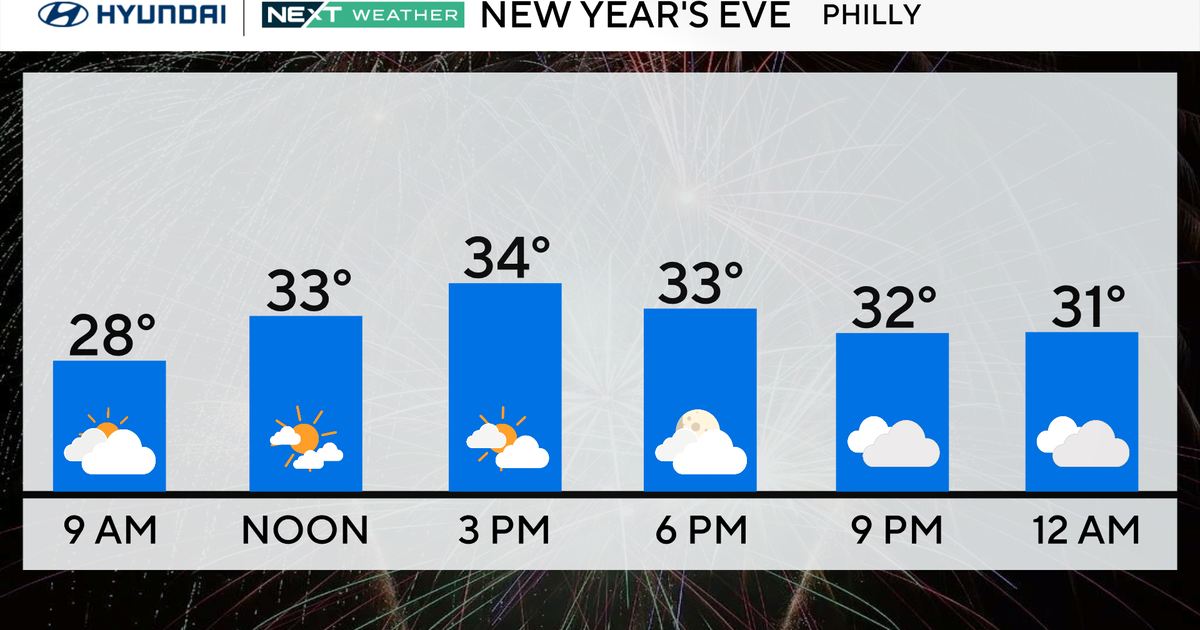What is watermelon snow? Phenomenon turns snow in Utah pink
Patches of snow in Utah's mountains have turned pink. And while the so-called "watermelon snow" spotted on Tony Grove Lake may look pretty, it could indicate bad news for the environment.
Chlamydomonas nivalis, the scientific name for watermelon snow, occurs when a bacteria called psychrophilic begins to grow in cold environments, according to a study published by the National Library of Medicine. Algae is the source of the bacteria and that's what turns patches of snow a pink or red hue.
Because the albedo, or reflective surface, of the snow is decreased when this happens, the snow may melt quicker, speeding up the melting rate of glaciers, studies have found.
The watermelon snow phenomenon usually happens in the spring and summer and was seen on the Presena glacier in the Italian Alps in 2020.
Researchers with the Institute of Polar Sciences at Italy's National Research Council warned watermelon snow could intensify with climate change. "In fact, low snowfall during the winter and high spring/summer temperatures create the perfect environment for the development of these algae," wrote researcher Biagio Di Mauro.
Experts recommend you do not eat the watermelon snow, according to the Ocean Conservancy, a nonprofit that focuses on environmental advocacy. The algae is green under a microscope but develops the pink or red color as a protective barrier – almost like a sunscreen against the sun's ultraviolet rays. This, however, causes the snow to absorb the sun's heat and therefore melt faster.
Studies have found that similar forms of bacteria, called Chlamydomonaceae, have contributed to the acceleration of melting snow on glaciers in other parts of the world.
In the Arctic, the pigmented snow algae can decrease the snow albedo by 13% in just one snow season, according to a study published in Nature in 2016 that looked at 40 red snow sites in 16 areas. The researchers say this "bio-albedo," which accelerates glacial melting ,should be included in future climate models.








